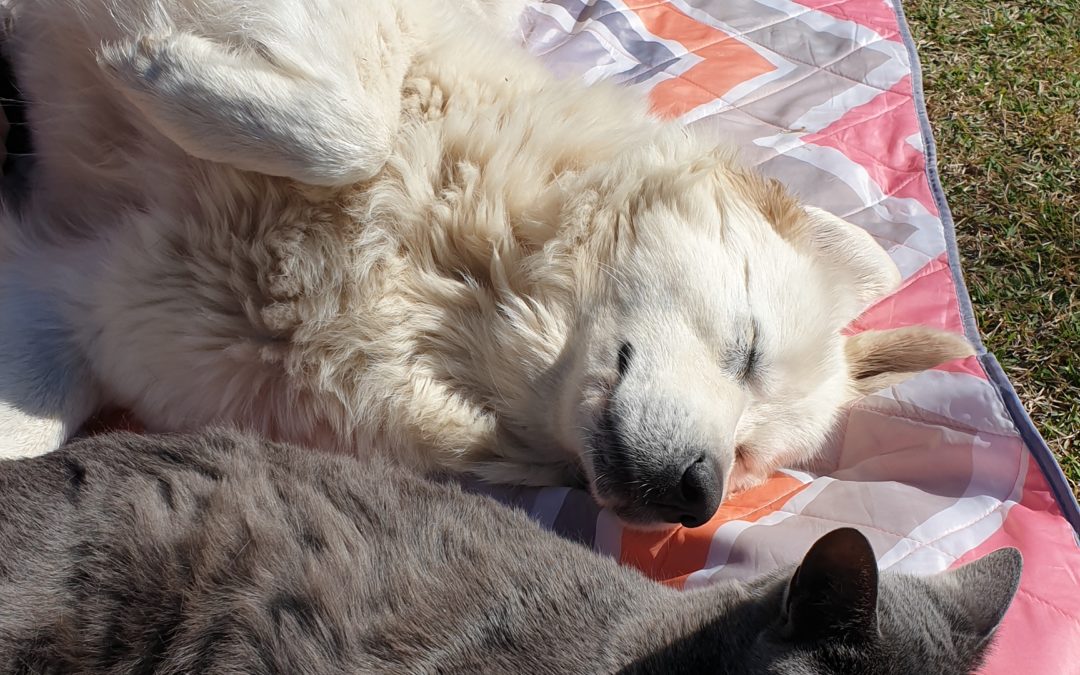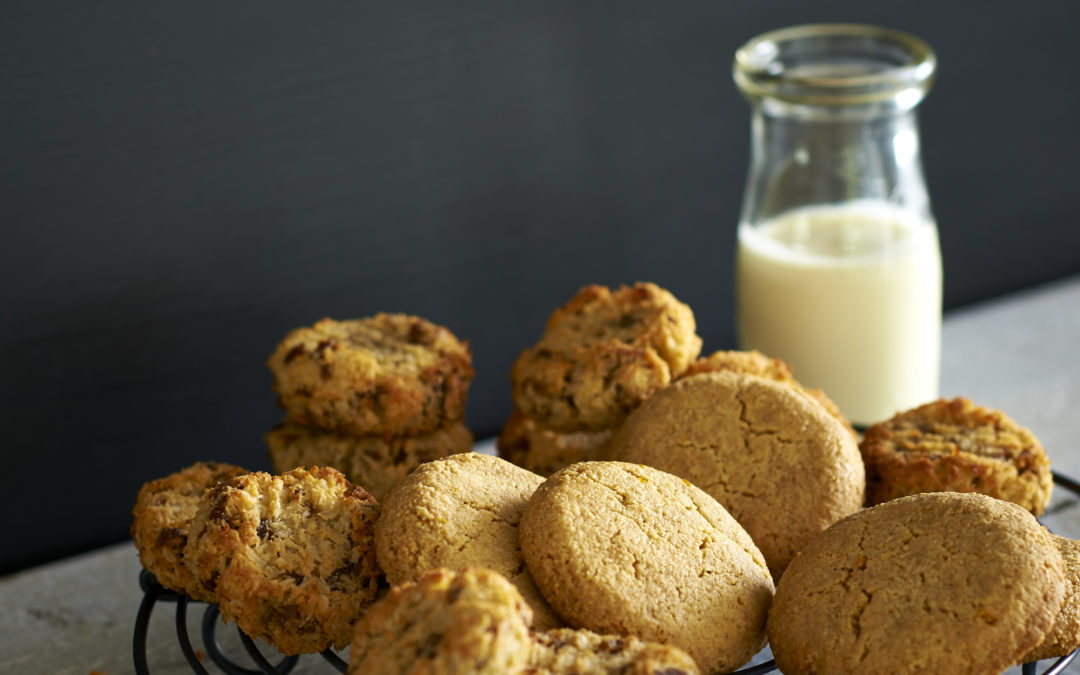
Sep 29, 2021 | The Fat Revolution
Did you know, lack of sleep can prevent weight loss? Poor sleep can increase cortisol (stress hormone), which can contribute to weight gain, which is why I address sleep issues as part of my 12-week program.
Poor sleep is becoming a chronic issue for many people, affecting both health and weight loss, so here are a few little tips that might help.
Waking at 2 or 3am? This is generally a classic sign of too much cortisol. Cortisol levels are highest first thing in the morning, and then they reduce during the day. Once they hit a certain point, that helps trigger the production of melatonin (sleep hormone). If there is too much cortisol, less melatonin is produced; just enough to get us to about 2 or 3 am!!
Tips: Reduce stress (I know, hard these days, but not watching the news may help!).
And, some people have good results supplementing melatonin. It is essential though to get the right dose, otherwise it can have the opposite effect. The sleep support spray sold at iherb is a good dose.
Also, getting sunlight in the morning helps (at least 15 minutes without sunglasses).
Busy mind? Or anxious? A busy mind can prevent us from falling asleep, both at the beginning of the night or if we wake at 2 or 3 am.
Tips: When you get into bed, listen to something that will put you in a deep state of relaxation and get you out of your head. I have been recommending some fantastic (free) yoga nidra recordings for many of my patients with great results. Yoga nidra means yogic sleep. It is a great tool for stopping the mind chatter that can prevent us from sleeping.
The recordings I have been using are available here on YouTube.
Here’s to a good night’s sleep, one of the best feelings in the world!!! 💜

Feb 15, 2021 | The Fat Revolution
Modified keto has become popular lately, and it seems to have evolved from the fact that keto is reportedly “difficult to follow” and “hard to stick with”. Well, I have to disagree with those statements about keto, but this seems to be the catalyst for keto 2.0.
The whole point of keto is to drop carbs low enough to switch the body back to fat burning (ketosis). Hence the name “keto”. It is a stricter version of LCHF (low-carb, high fat).
Modified keto is much higher in carbs, higher in protein, and lower in fat than keto. Recommendations vary, but they are generally around 20% carb, 30% protein, and 50% fat. For a 2000 calorie diet, that would be 100 g of carbs, 150 g protein, and 111 g of fat. For someone eating 2500 calories a day (average calories for men), it would be up to 125 g carbs and 187 g protein). Some variations even include some some grain and legumes.
In other words, NOT keto! And not even LCHF (low carb, high fat). The carbs are not low enough to put most people back into ketosis, so it should not be called keto. Some young people who are not insulin resistant may drop into ketosis, but the majority would not.
So why is it called modified keto or keto 2.0? Who knows, but keto is the biggest and most popular diet right now and has been for a while so I am sure any diet that adds “keto” to its name is likely to get interest.
But why not call it what it is? A moderate carb, lowish-fat, high-protein diet. Probably much healthier than the standard Australian diet, but nothing to do with keto.

Sep 17, 2020 | The Fat Revolution
One of the most common keto mistakes…fasting before fat adaptation.
Intermittent fasting is extremely healthy…once we are fat adapted. If we are not, we are simply going hungry and eating less than we need. In effect, it just becomes simply another method of dieting.
Around 50% of women, in particular, who try keto on their own fail to lose weight initially. That is a huge number and is a statistic not often talked about in keto communities. One of the biggest reasons why is starvation stress, which is what tends to happen after years of dieting. When we diet, our thyroid and metabolism have to slow down. This is why when we go back to normal eating, we tend to gain the weight back plus interest. And this state tends to get worse the longer we diet.
Going hungry when we don’t have fat as a fuel source also spikes blood glucose and insulin, which will likely sabotage our goals.
Once fat adapted, fasting can be a brilliant tool for excelling weight loss and improving health, because our cells remains fuelled, even without food.
If you would like to learn more about overcoming starvation stress, check out the 12-week program.

Jul 29, 2020 | The Fat Revolution
Have you been told in keto or LCHF groups to cut fat? Especially if you aren’t losing weight?
This is becoming more and more common, but this advice could be detrimental to long-term weight loss…and health.
Firstly, LCHF is short for low carb, HIGH fat. It is called ‘high’ fat for a reason. Keto is the lower carb version of LCHF, so is also ‘high’ fat.
So why are people in keto or LCHF groups telling people to cut fat? There are a ton of low-carb, low-fat diets out there, so why identify with a high-fat diet and then tell people trying to do that diet to cut fat?
Secondly, cutting fat can prevent us from getting into a permanent fat-burning state, it can prevent us from healing, and can leave us undernourished.
Part of the reason why so many women, in particular, fail to lose weight initially is because of starvation stress from years of dieting. The body thinks it keeps going into famine, and has to slow the thyroid and metabolism. One of the best ways to keep our metabolism slow is to continue depriving the body of what it needs.
The argument is often that your body will burn the fat you eat instead of your body fat. Well, guess what? Thinking of it like that completely ignores the fact that we don’t just use fat for fuel, we also need the nutrients we get from fat. And fat is one of the most nutrient-dense foods on the planet.
The key to long-term, sustainable weight loss is to heal the body, particularly starvation stress. Will it take longer to get a result? Probably, but the result will be long term, not just a temporary fix that reverses as soon as you go back to a normal level of fat.
If you would like to learn more about overcoming starvation stress, check out the 12-week program.

Nov 20, 2019 | The Fat Revolution
Essential oils have been used for thousands of years. The Ancient Egyptians were well-known to use them both both medicinally and also for aroma therapy. They were also used extensively in India as part of Ayurvedic medicine. And of course botanical medicines were used by many peoples around the world for generations. Hippocrates, considered the father of modern medicine, documented the medicinal properties of over 300 plants.
And, of course, the food-grade oils can also be used as food flavouring, which becomes particularly useful when avoiding sugar and other nasties.
My favourite use for essential oil is orange oil in chocolate. Orange chocolate was one of my favourites growing up, but I am unaware of any healthy versions. So I made my own, which is available in my Easy Keto cookbook.
I initially had trouble locating a good orange oil for cooking, so here is a link to Australian Essential Oils, who make a beautiful sweet orange oil.
Sendra, E., 2016. Essential oils in foods: From ancient times to the 21st century.

Jun 28, 2019 | The Fat Revolution
Gelatine is often associated with delectable desserts, jelly (jell-O), and the delightful wobble in the perfect panna cotta. Gelatine is not the first thing that comes to mind when thinking of health food, but it been used for hundreds of years for its extraordinary health benefits.
Gelatine is the product of bones, cartilage and skin boiled down so the collagen can be extracted, which becomes the clear, flavourless substance we know as gelatine. Many people are aware of the health benefits of collagen, otherwise known as the beauty protein, for our skin, but it also has many other benefits.
Gelatine has been used in traditional diets for years as a health restorer, which is why chicken soup is often recommended for the sick. It has also been shown to be good for the digestion, joint protection, good sleep (glycine from gelatine has been shown to improve sleep when taken before bed), and many other benefits.
In the treatment of feverish and acute infectious diseases, it is evident that gelatine plays a double role. In the first place, the nutritive qualities of gelatine, its ready absorption and colloidal properties, make it ideally suited for inclusion in the diet both during the height of fever and during convalescence. Bayley emphasised this factor from a nurse’s viewpoint, observing that gelatine acts as a base for the preparation of many dainty, pleasing dishes which appeal to the patient with poor appetite, thus providing much-needed nourishment. —N.R. GOTTHOFFER
Using gelatine
Gelatine sheets are supposed to be standardised so if a recipe calls for a sheet of titanium gelatine, for example, it should be standard strength across brands, however, I have found that not to be the case. For that reason, to make things easier for you, these are the gelatine sheets I use in the keto cookbook.
Gotthoffer, N.R., 1945. Gelatin in nutrition and medicine.
Proksch E, Segger D, Degwert J, Schunck M, Zague V, Oesser S. Oral supplementation of specific collagen peptides has beneficial effects on human skin physiology: a double-blind, placebo-controlled study. Skin pharmacology and physiology. 2014;27(1):47-55.
Schauss AG, Stenehjem J, Park J, Endres JR, Clewell A. Effect of the novel low molecular weight hydrolyzed chicken sternal cartilage extract, BioCell Collagen, on improving osteoarthritis-related symptoms: a randomized, double-blind, placebo-controlled trial. Journal of agricultural and food chemistry. 2012 Apr 16;60(16):4096-101.
Samonina, G., Lyapina, L., Kopylova, G., Pastorova, V., Bakaeva, Z., Jeliaznik, N., Zuykova, S. and Ashmarin, I., 2000. Protection of gastric mucosal integrity by gelatin and simple proline-containing peptides. Pathophysiology, 7(1), pp.69-73.






